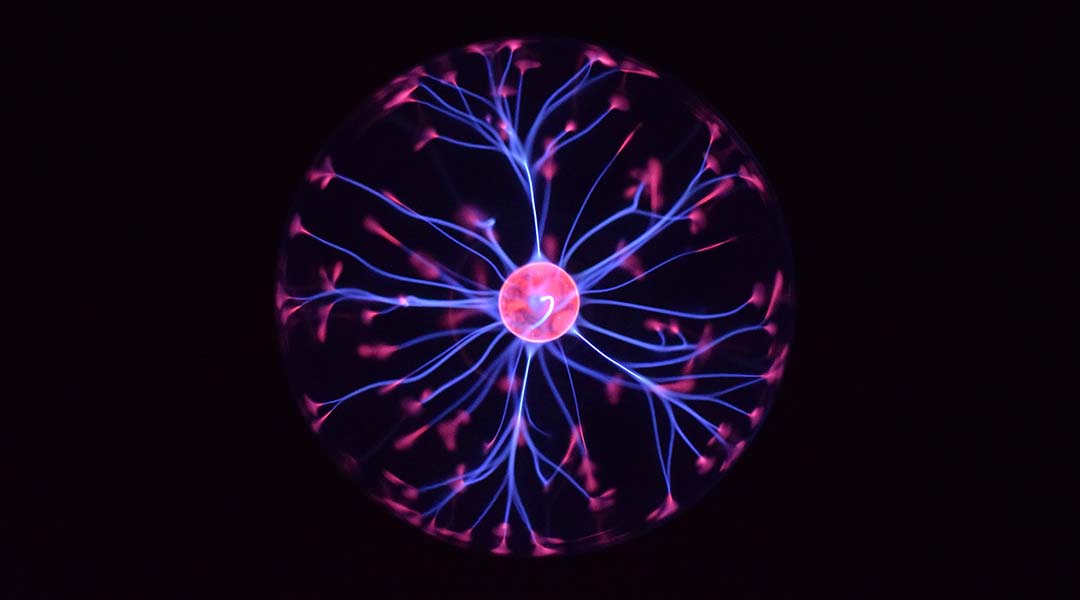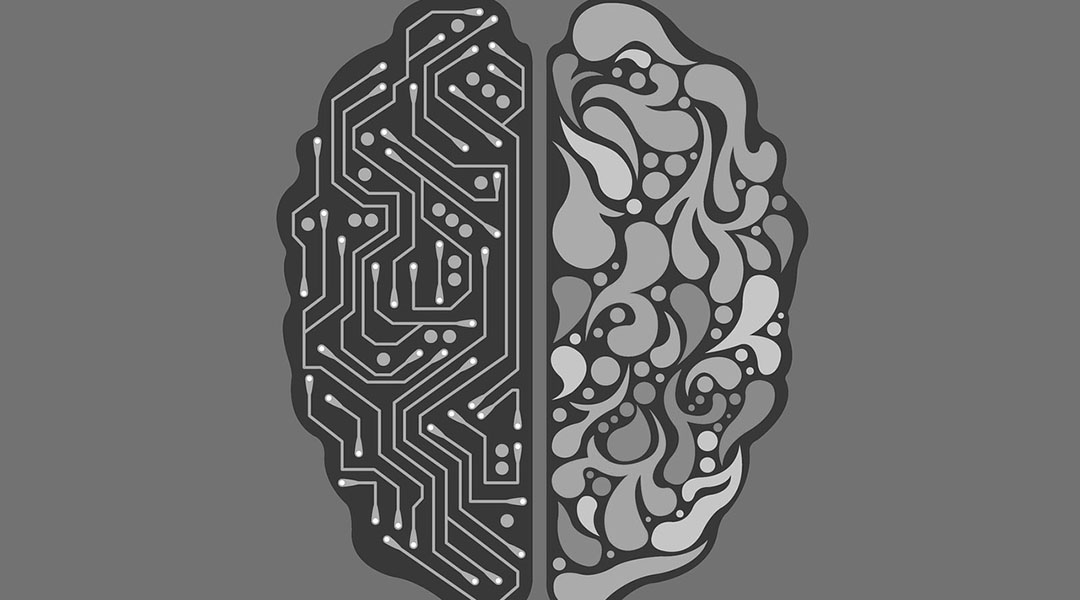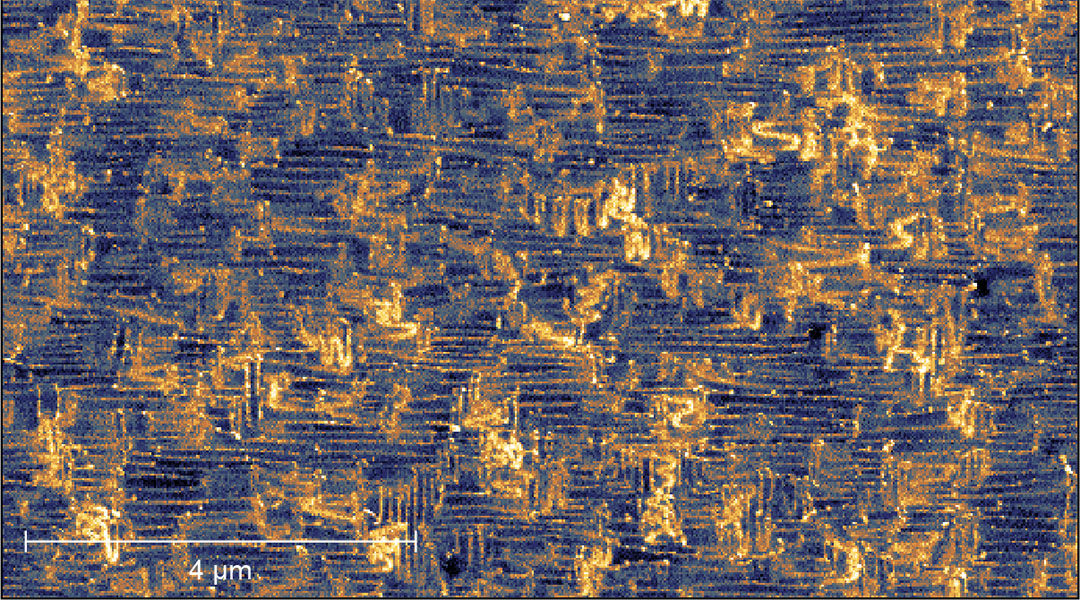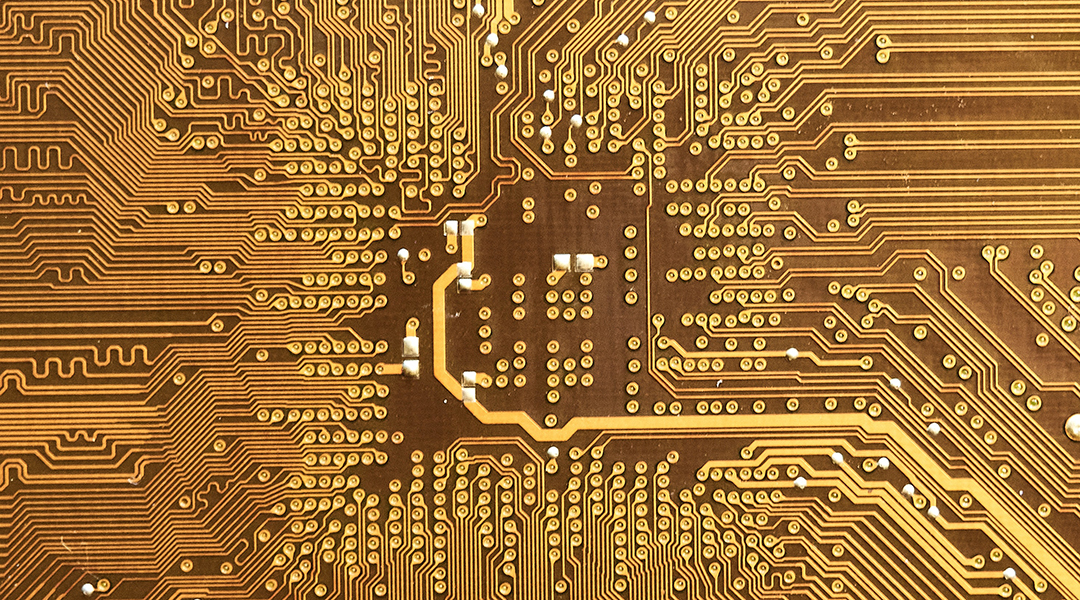To make computers faster and more efficient, scientists are using the brain as a model in this blossoming area of computer science.


To make computers faster and more efficient, scientists are using the brain as a model in this blossoming area of computer science.

An optical device uses light-based signals for computation and communication and is a vital step toward advanced neuromorphic computers.

An artificial synapse capable of simultaneously detecting neurotransmitters and light mimics memory and learning processes found in the brain.

Researchers demonstrate the controlled growth of artificial synapses, paving the way for computers that can grow, evolve, and adapt like the human brain.

How the brain’s functional connectivity can be induced in neuromorphic devices to overcome the limitations of conventional silicon technology.
Researchers demonstrate learning in a memristive device.

Artificial neural networks made from domain walls mimic synapses and neurons in the brain for neuromorphic computers.

A new approach to in-memory computing proposes a new set up to create an artificial synapse that can both store and process data.

UCF researchers develop a device that mimics brain cells used for human vision. The invention may help to one day make robots that can think like humans.

For decades the density of integrated circuits has grown exponentially, according to the empirical Moore´s law published in 1965. In this period, the storage density has increased by a factor of about 100 million. Yet, this rapid development is approaching fundamental...